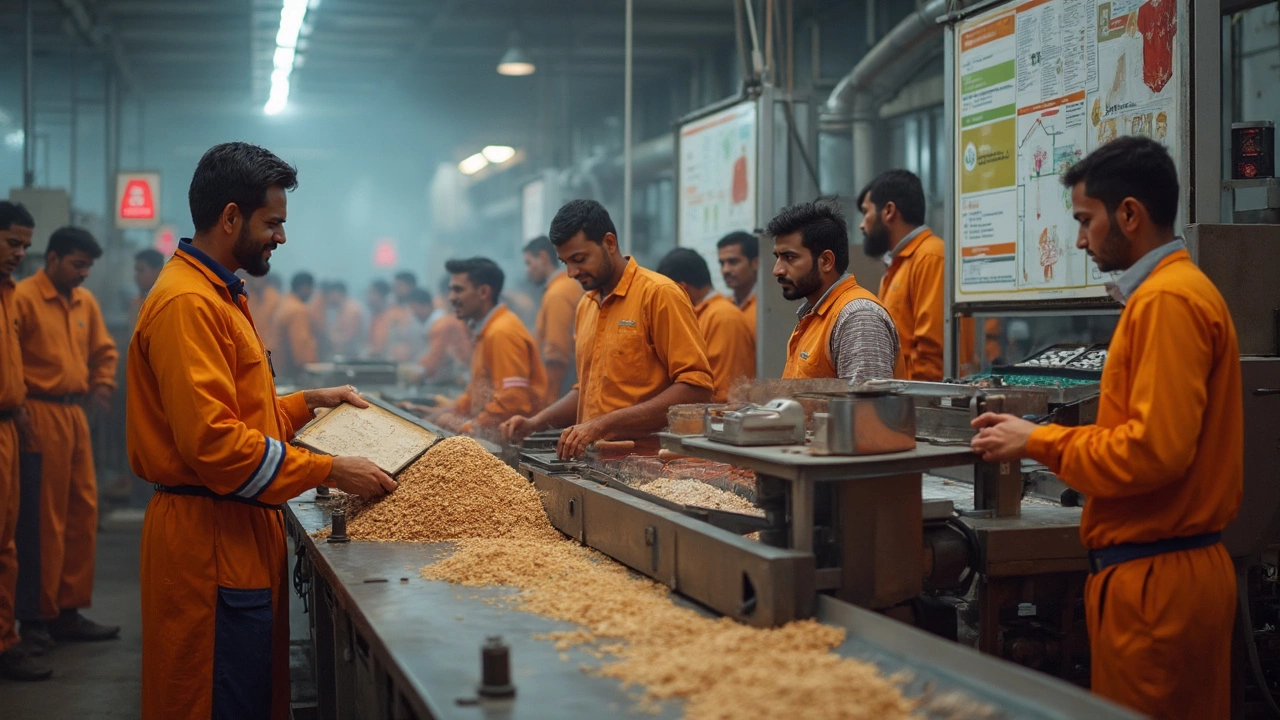Factory Efficiency: Simple Steps to Boost Output and Cut Waste
If your factory feels slower than it should, you’re not alone. Most plants waste time, energy, or money without even noticing it. The good news? Fixing those problems doesn’t need a massive overhaul. A few focused changes can lift productivity, lower costs, and make the workplace smoother for everyone.
Identify the Biggest Waste in Your Plant
Start by looking at the classic "seven wastes" from lean manufacturing. These are overproduction, waiting, transport, extra processing, inventory, motion, and defects. Walk the shop floor and ask yourself: where do I see idle machines, bottlenecks, or extra steps that add no value? For example, if workers spend minutes fetching tools from a distant shelf, that’s motion waste you can eliminate by reorganizing the layout.
Another quick win is to spot waiting time. If a machine stops because the next part isn’t ready, you’ve got a bottleneck. Use a simple board to track which process is holding up the line and address it right away. Even moving a couple of parts closer to the machine can shave minutes off each cycle.
Inventory overload is also a hidden cost. Stacking raw materials you don’t need ties up cash and space. Try a pull system where you only order or produce what the next step actually requires. This reduces clutter and makes it easier to spot problems early.
Apply Easy Lean Techniques Today
One of the most effective tools is the "5S" method—Sort, Set in order, Shine, Standardize, and Sustain. Pick a work area and spend an afternoon clearing out unused items (Sort), arranging tools for easy reach (Set in order), cleaning the space (Shine), creating simple checklists (Standardize), and then making it a habit (Sustain). This simple routine can cut motion waste and improve safety.
Another low‑cost idea is the "mom method" of manufacturing—short for "Measure, Observe, Modify." Measure a process, watch where it breaks down, then tweak a single step. For instance, if a conveyor belt jams every few hours, measure the jam time, watch the belt speed, and adjust the speed or add a small buffer. Often, a tiny tweak fixes a big problem.
Don’t forget to empower your operators. Give them a voice in spotting waste and suggest improvements. When a worker notices a defect early, they can stop the line and prevent dozens of bad parts from being made. This not just saves material but also builds a culture of continuous improvement.
Finally, use basic digital tools. Even a spreadsheet can track downtime, defect rates, and output per hour. Review the data weekly and celebrate small gains. When everyone sees the numbers improving, motivation stays high.
Improving factory efficiency isn’t about buying expensive robots or overhauling the whole plant. It’s about noticing where time is lost, cutting out the unnecessary steps, and keeping the process simple. Start with one area, apply 5S or the mom method, and watch the results add up. Your bottom line will thank you, and the workforce will feel the difference every day.

5 M's of Manufacturing: Core Pillars That Power Production
This article breaks down the 5 M's of manufacturing—Man, Machine, Material, Method, and Measurement—and explains their real-life impact on production, especially in the context of government-backed schemes. Get clear tips on how each M shapes manufacturing success and why they matter for both big factories and small units. Learn how these five elements are used to spot problems and boost efficiency. If you're trying to understand how production works or how to tap into government schemes, this guide gives you the building blocks you need. Spot common pitfalls and discover smart ways to keep your manufacturing process running smoothly.
